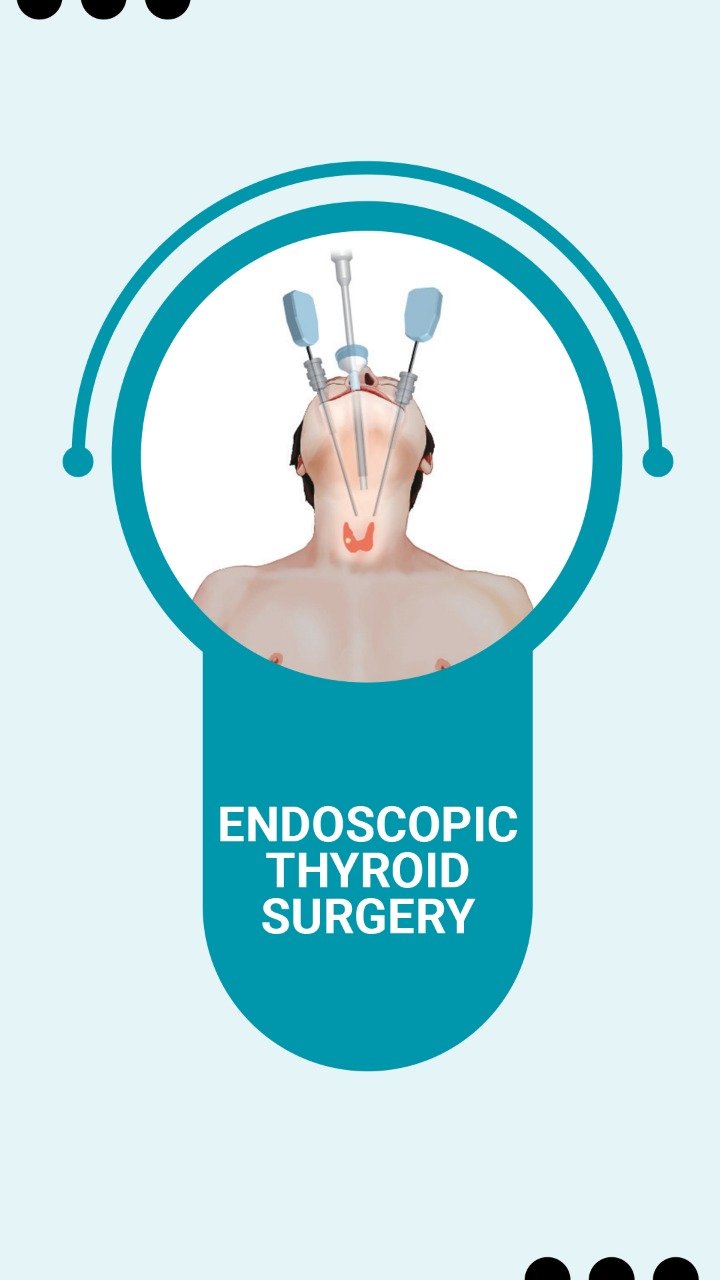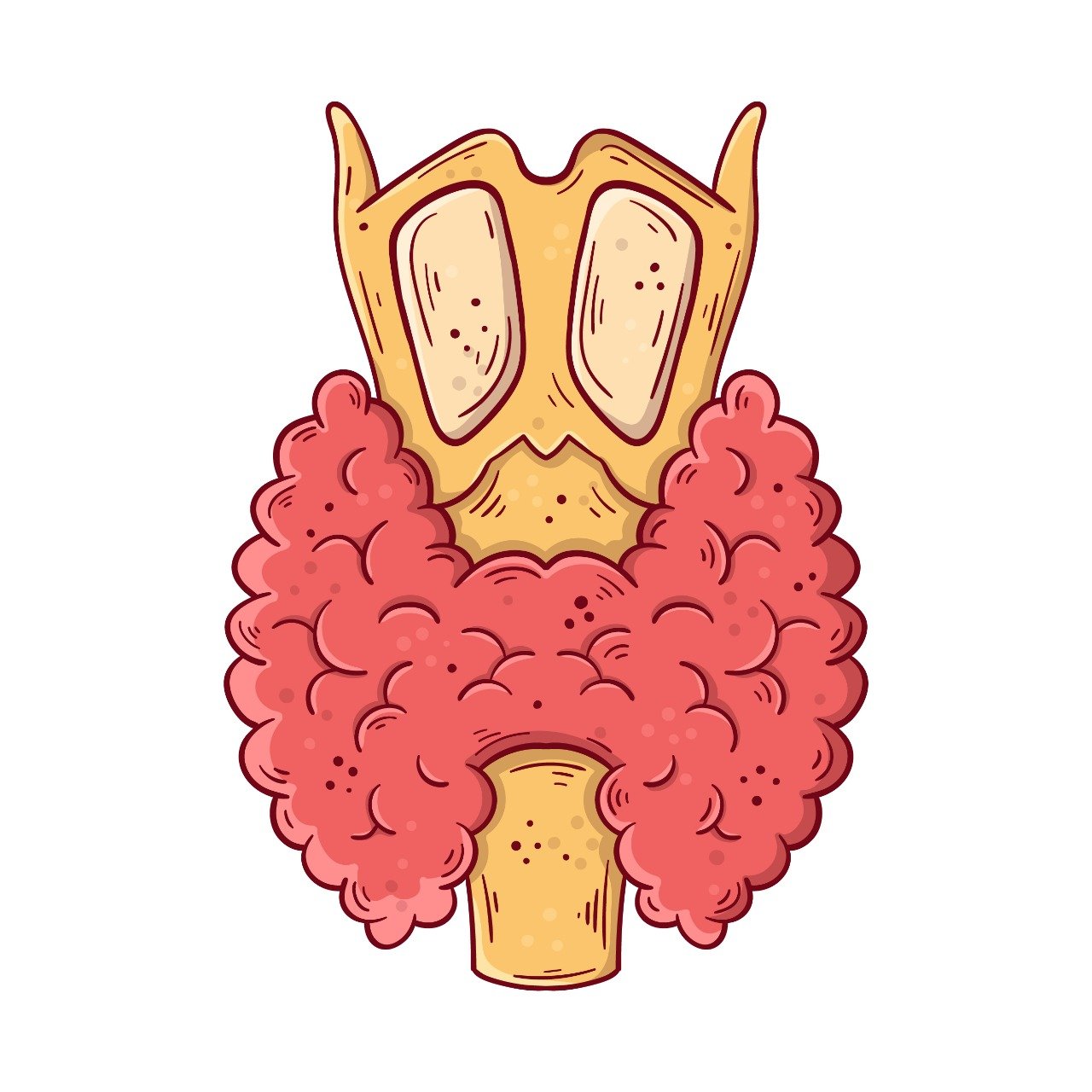

Thyroidectomy (or thyroid surgery) is the surgical removal of a portion or all of the thyroid. Thyroid surgery (thyroidectomy) can be performed to treat many conditions and diseases, such as thyroid cancer, symptomatic or uncontrolled goiter, hyperthyroidism, and thyroid glands that are producing too much thyroid hormone.
This gland, which is shaped like a butterfly, is located at your neck’s base in front of the windpipe (trachea). It makes hormones that regulate the body’s temperature and metabolism. A partial thyroidectomy might not have an impact on this, but total thyroidectomy means that you will require lifelong hormone therapy to maintain these functions.

What is a Thyroidectomy?
There are many types of thyroid surgery. The type you choose depends on your reason for having it done.
Thyroidectomy is a complete or near-total procedure that involves the total or partial removal of the entire thyroid gland. This procedure is frequently recommended for large thyroid cancers, large goiters and Graves’ disease.
Hemithyroidectomy, or thyroid lobectomy: This is the surgical removal of one lobe of the thyroid gland. If a thyroid nodule has a small size and is located on one side of the thyroid, this option might be recommended.
Isthmusectomy is the procedure that involves the surgical removal of the isthmus. This bridge of tissue crosses the middle of your trachea, and lies between the two thyroid glands. This procedure is used to remove small tumors that are located within the isthmus.
Thyroid surgery, regardless of its type, is usually an inpatient procedure that’s performed in a hospital. It may also be done outpatient in a hospital.

Endoscopic Thyroid Surgery
This minimally invasive method requires only a few incisions to be made in different areas of the body, such as the neck, breast, chest, underarm, breast, behind and behind the ears, or through the mouth. An endoscope is a long, thin instrument with a camera attached. It is used to view the gland. To remove the thyroid, various surgical instruments can be inserted through other incisions.


Benefit of Endoscopic Thyroid Surgery
This procedure is minimally invasive, meaning that it is not invasive. Safety and precision are also benefits. The video camera is inserted through the keyhole and provides magnified views of the internal structures. The surgeon can view a magnified view on a computer monitor to perform the surgery. This improves safety and allows the surgeon to perform the surgery more precisely. Endoscopic thyroidectomy can be performed at the axilla. This has the greatest benefit: the neck is free from scarring.

Recovery after Thyroid Surgery
You can expect the following as you recover at home, or in the hospital
- You may experience fatigue, sore throat, neck discomfort/stiffness, and voice hoarseness after surgery.These symptoms usually disappear within days to weeks. Sometimes, hoarseness of the voice can last up to six months.
- After surgery, you can typically return to your normal diet. However, your surgeon may advise that you avoid spicy, heavy, or greasy foods for the first few days.
- After surgery, you can shower.The surgeon will tell you not to scrub the incision(s).
- A drain will be removed the same day as surgery if it was placed.


